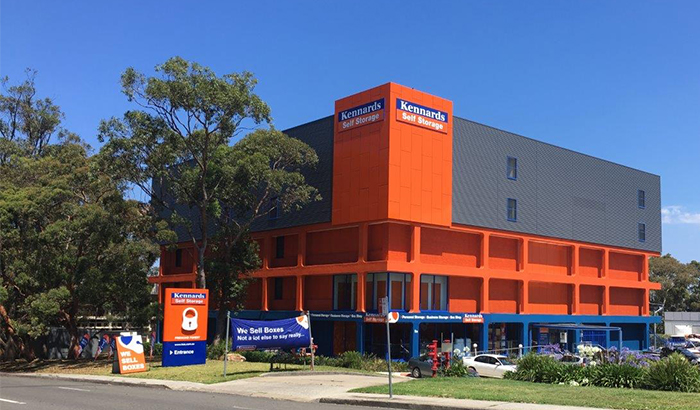Grading Self Storage Centres – A Guide For Investors And Analysts
Many property asset classes differentiate the investment quality of particular assets with gradings of A, B and C to help investors, valuers, analysts understand the transactions and value of assets. In Australia and NZ, the self storage industry has not consistently proven to price assets according to varying quality.
The self storage industry will gain standing and improve professionalism if practice like this gets traction and use. It would provide valuable insight for investors, valuers and lenders who try to assess the assets they have an interest in.
Ray Wilson is a US expert in self storage data analysis and valuation with self storage data services (a Cushman and Wakefield Company). He has developed and uses a grading system as shown below:
Examples of Self Storage Classifications (Courtesy Ray Wilson):
Class ‘A’ Facilities
Class A facilities have excellent locations and access to attract tenants willing to pay rents in the upper percentile in the market place. The facilities must be of superior construction and finish, relatively new or competitive with new facilities, and provides professional on-site and off-site management. Class ‘A’ facilities are typically located in markets with high barriers-to-entry. They are characterised by above average maintenance. Usually have above average security systems.
Class ‘B’ Facilities
Class ‘B’ facilities have average locations, access and visibility. These facilities compete at the low end of Class A facilities and achieve rent rates below the Class A and above the Class C facilities. They receive average to good maintenance and have a full time on-site manager and competent off-site management. The quality of construction ranges from average to good. Security ranges from average to good.
Class ‘C’ Facilities
Class ‘C’ facilities generally have secondary, (less desirable) locations relative to the tenants needs. Often these facilities have poor access and limited visibility. They are typically older facilities with growing functional and/or economic obsolescence. They achieve rents at the bottom of the range in the market place. These facilities are often owned and operated by individuals and may not have an on-site manager. The quality of construction and maintenance ranges from fair to average. Often these facilities have minimal or no security and receive below average maintenance.
These definitions are intended as a guide and should have the following caveats:
1. The final designation of Class A, B or C is always relative to the local market or sub-market being analysed. The attributes of class may be different in a central business district versus a suburban market.
2. The primary considerations for determining class are listed above, however other variables worthy of consideration may be age, architecture, parking, ancillary uses, construction material, etc.
3. A facility must exhibit more than one but not all of these characteristics to be considered under a specific classification.
To see Ray Wilsons original document go here.
Kennards Self Storage has consistently promoted enhanced understanding of the self storage industry for internal and external stakeholders.
This paper is intended to offer guidance and provoke deeper consideration by lenders, valuers, analysts and other stakeholders of the self storage sector.
Categories
- Business Storage
- Car, RV and Boat Storage
- Centre Expansions and Upgrades
- Corporate
- Culture
- Customer Feedback
- Deposit Boxes
- Gun Storage
- Industry Facts
- Kennards Supporting The Community
- KSS In The News
- Latest News
- Locker Lovers
- Moving Boxes
- Neville Kennard
- New Storage Centres
- Press Releases
- Region Guides
- Sam Kennard
- Self Storage
- Wine Storage
Other stories of interest
A Company proud of its Values and Culture.
Keep your vehicle in top condition with our expert guide to car storage. Learn essential maintenance tips, costs, and storage solutions.
Have you ever driven past a storage facility and been surprised by the level of activity and buzz surrounding them? Surely there can’t be that many people moving house or storing goods from their garage, all at the same time?






-700-x-410.jpg?lang=en-AU&ext=.jpg)